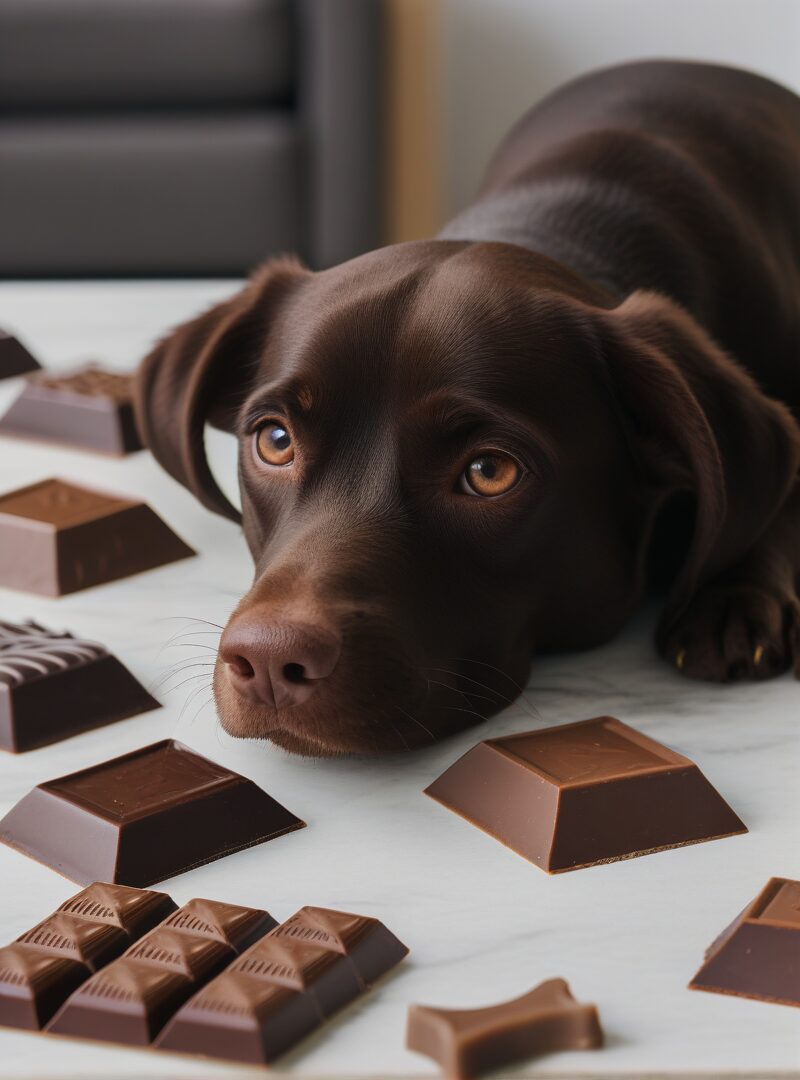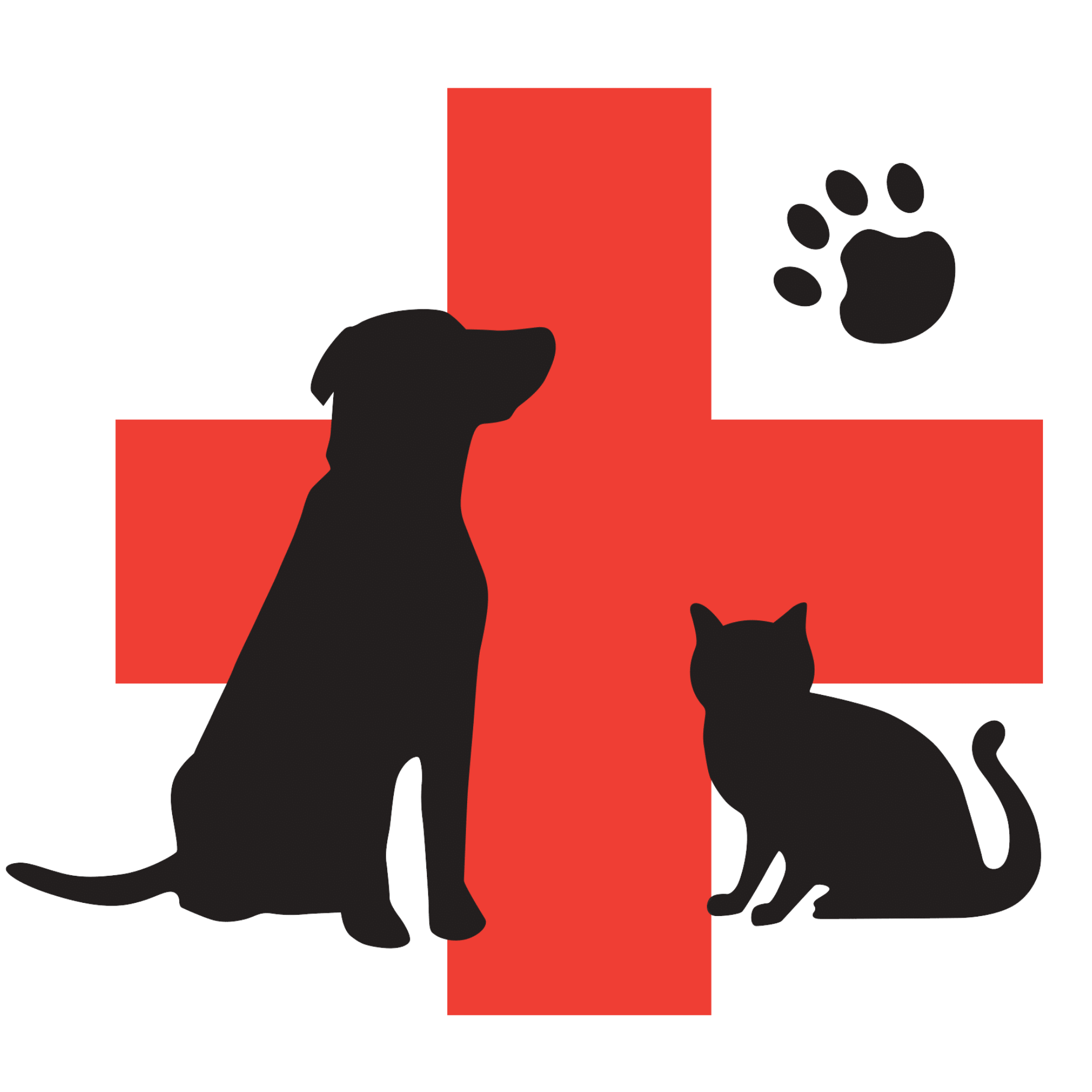Chocolate Toxicity in Dogs: Essential Knowledge for Pet Owners
Protect Your Dog from Chocolate Poisoning
Discover the dangers of chocolate for dogs, recognize the symptoms of toxicity, and learn how to respond effectively to keep your furry friend safe.

Why Chocolate is Dangerous for Dogs
Chocolate contains theobromine and caffeine, substances that are toxic to dogs. Unlike humans, dogs metabolize these compounds very slowly, leading to potential health issues. The darker the chocolate, the higher the theobromine content, making it more hazardous. Even small amounts can be harmful, especially to smaller breeds.
Frequently Asked Questions
Find answers to common questions about chocolate toxicity in dogs and how to handle such situations.
What are the symptoms of chocolate toxicity in dogs?
How quickly do symptoms appear after a dog eats chocolate?
What should I do if my dog eats chocolate?
Is white chocolate safe for dogs?
Can small amounts of chocolate be harmful?
How can I prevent my dog from eating chocolate?
1
Step 1: Stay Calm
2
Step 2: Determine the Amount and Type of Chocolate
3
Step 3: Contact Your Veterinarian
Preventive Measures
Safe Storage
Ensure all chocolate products are stored securely out of reach of your pets.
Educate Family Members
Inform everyone in the household about the dangers of feeding chocolate to dogs.
Be Extra Cautious During Holidays
Chocolate treats are more common during holidays; make sure they are kept away from pets.
Know the Symptoms
Recognize the signs of chocolate toxicity to act quickly if your dog ingests chocolate.
Concerned About Your Dog's Health?
If you have any concerns about your dog’s health, especially related to chocolate toxicity, don’t hesitate to reach out. Schedule an appointment with the Animal Health Care Center to ensure your pet receives the best care possible. Our team is here to help. Call us now!

